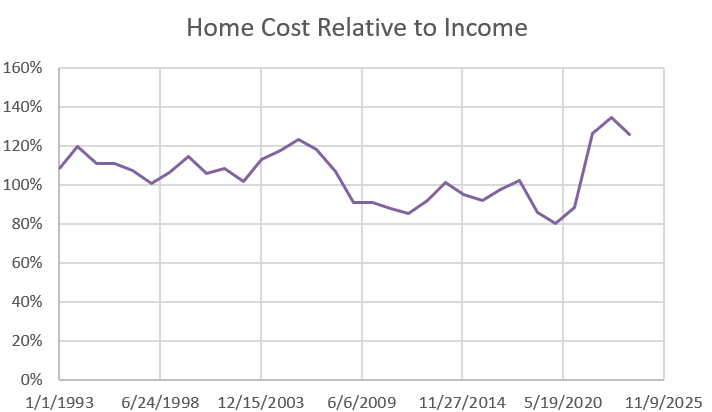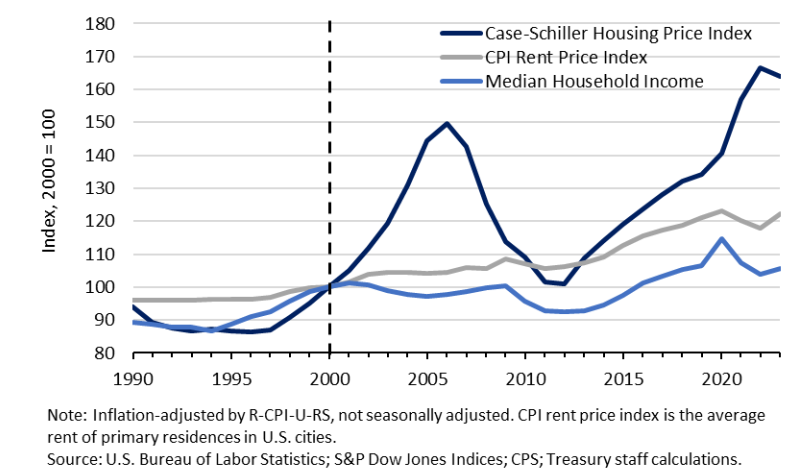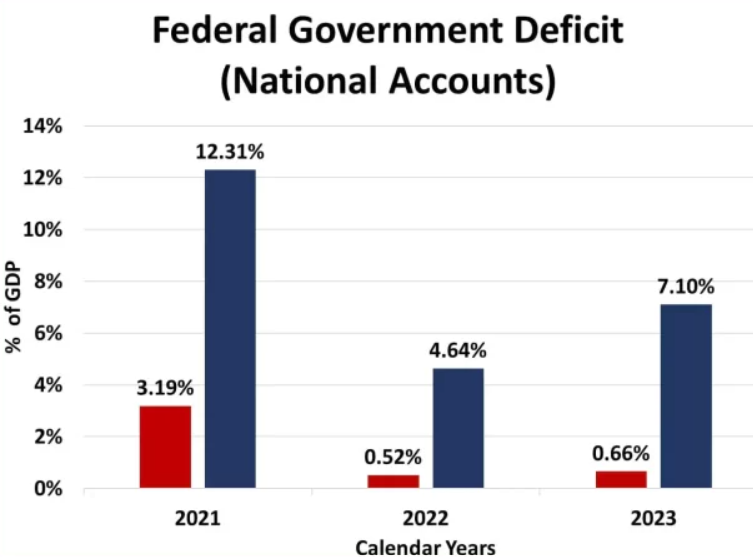Colin Read • May 5, 2022
A Learning Moment for the Fed and Us - May 8 2022

A Learning Moment for the Fed and Us - May 8 2022
Troubling signs accelerate. Confidence in the economy and our president’s ability to combat inflation are plummeting, while surveyed households indicate that they plan to reduce spending in light of inflation.
Weak demand, accelerated by the stitch-not-in-time raising of the discount rate rate and exacerbated by a persistent and perhaps worsening inflation that further erodes real purchasing power make for a potent combination of economic malaise. I’m afraid Thursday’s four figure drop on the DJIA also reduces the wealth effect on spending and induces greater consumption discretion.
This matters because consumption makes up about 70% of the domestic economy. When consumers pull back, the biggest component of aggregate demand plunges, and growth falters. If these trends continue for the second half of the quarter, a second straight decline in real economic growth becomes inevitable and the declaration by the National Bureau of Economic Research that we are in a recession increases in likelihood.
The question remains whether this time around things are different from the terrible stagflation of the late 1970s that won Reagan the presidency.
I will answer in two parts. First, I will describe why the wage-price spiral that occurred in 1979-81 probably won’t occur this time, and I will also describe how the Fed is responding a bit differently.
I note first that I was not living in the US yet in 1979, but when the U.S. sneezes, Canada catches a cold. Both countries suffered over that terrible period.
Today’s chart shows that inflation was already building to intolerable levels in the mid to late 1970s. Think of that as the first round, which arose as the OPEC oil embargo forced up energy prices. As that inflation was building, the Fed actually took its foot OFF the brake, and cost-push inflation accelerated.
What happened next is a bit different than today’s experience. Following the mid-1970s inflation, workers and organized labor were already primed and ready to pump inflation up further through demands for wage increases. The next (and worse) inflation then occurred around 1980 as Cost of Living Allowances by then negotiated into contracts essentially solidified inflation, this time of a wage-push variety.
At that point, the Fed had to slam on the brakes and induce a deep recession to ward off further inflation acceleration.
Today, labor has not nearly the bargaining power it had then, although tight labor markets are giving labor more power today than it might have had before COVID.
Just as then, the Fed has responded too slowly. I’m sure you are by now tired of me saying that for the past year. My approach to life is to think forward and respond today, knowing that the occasional overreaction is way better than consistent underreactions. Politics tends to underreact, though, because an overreaction is political suicide, while one can always claim “who would have known it would get this worse” when one underreacts, even if we should have known it will get much worse. I recall my early concern over the 2008 Global Financial Meltdown, COVID, and this inflationary spiral. Each time naysayers accused canaries in the coalmine of overreacting.
The Fed is now trying too late to manage expectations. Economic lack of foresight is unfortunately scaring people into a declining market, with the reduced asset values, higher mortgage rates, and likely reduced home sales. People are reacting, and will perhaps overreact because the Fed underreacted.
The economic costs and displacements are all unnecessarily brutal, but that’s what we do these days.
The second interesting thing occurring that will exacerbate the negative wealth effect is the Fed’s determination to sell or retire upon maturity about $100 Billion of assets every month. The Fed has built up a huge and unprecedented stock of such assets to stimulate the economy. Through its purchases, the Fed drove up asset prices. For the same returns on assets, a higher price means a lower yield, which reinforced the Fed’s desire to reduce interest rates and stimulate the economy. The higher asset prices were also stimulative because people felt richer and hence spent more.
By selling these same assets at an unprecedented rate, the Fed is triple-braking the economy. Not only is it encouraging commercial banks to keep excess reserves and reduce commercial lending by raising the discount rate, but the Fed is then also lowering asset prices through its intended sales of assets and hence deflating the asset bubble and reducing wealth and hence consumer spending.
In addition, lower asset prices translate into higher asset yields for the same income generated from the assets. This also drives up the yield on other assets such as mortgages issued. Higher interest rates means less commercial and residential borrowing, and hence less construction spending and reduced aggregate demand.
I lament it is too late, and I hope that the asset liquidation is enough to make up for a pretty anemic rate of growth of the Federal Reserve discount rate. Time will tell, but it appears to me increasingly likely we are embarking on an unnecessary recession. I hope I am wrong.









